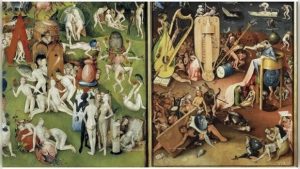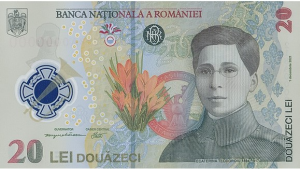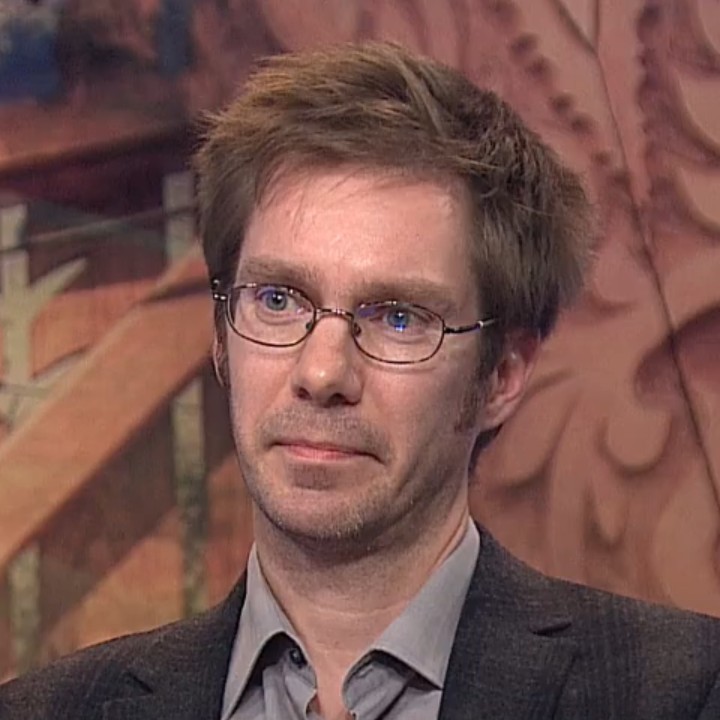Romania – Yet Another Centenary
2020 featured a new experience for the Romanian historical consciousness that explicitly related to Hungarians. The centenary celebrations of the Great Union in 2018 blended into the 100th anniversary of the signing of the Trianon Peace Treaty.
The symbolic year of Greater Romania was 1918. That was the year when Romania was granted Bessarabia, Bukovina and Transylvania and it actually took hold of these territories in the following year. By 1920, only the international sanctioning of state succession had been pending, and the integration of these newly acquired regions had already been under way. It was a sign of the pace of the integration process that temporary governing bodies, including the Consiliul Dirigent of Transylvania formed in December 1918, were dissolved on 4 April 1920. However, the signing of the Treaty was clearly the culmination of this. Yet, for a long time, the anniversary of “Trianon” had only an indirect presence in the Romanian historical consciousness. In the traditional narrative on territorial expansion, independent achievements of the Romanians occupied the central stage. In this interpretation, Greater Romania was the outcome of the Romanian efforts, chiefly the participation of the army and the self-governance of the Romanian communities in Transylvania, as well as Bukovina and Bessarabia. International constellations and support further facilitated this process. The Treaty of Trianon and the other Paris Peace Treaties after World War I sanctioned these outcomes and achievements, thus, memory politics had hardly paid any attention to these documents and negotiations. At the same time, the anniversary of the assembly at Alba Iulia gained so much importance that it became the national holiday of Romania in 1990.
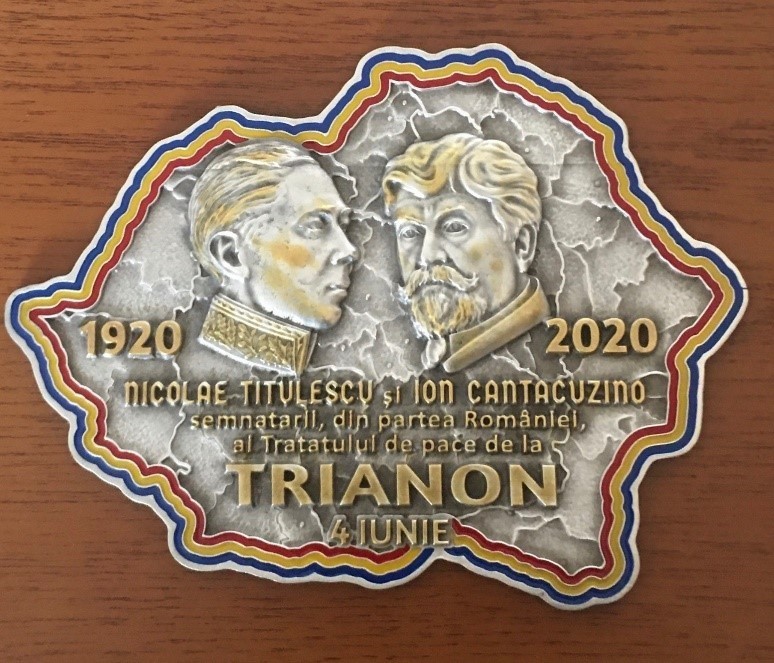
Thus, Romanian memory politics chiefly focused on the Great Union Day. The homogenizing historical discourse of the Romanian national communism of the post-World War II period reaffirmed this orientation. However, the year 2020 brought about some changes in this regard. Additional elements were added to the themes of the 2018 centenary celebrations – namely, the Great Union Day, the assessment of the past century of Romania, and the possibility that the Republic of Moldova might (re)join Romania. In 2020 a shift occurred in this regard: the Romanian public paid more attention to Hungary, consequently, Trianon became part of the Romanian memory politics.
It seems that although the events of the centenary in Hungary played some role in this shift, the decisive factor was the domestic politics in Romania. The journals and published conference papers hardly ever influenced the wider public and the legislative bodies. However, this issue has been on the agenda of the Romanian politics for quite some time: Titus Corlățean, currently a senator representing the Social Democrats as well as a former minster for foreign affairs, and some other members of the Senate submitted a legislative proposal in 2015 that would have designated the anniversary of Trianon as the day of remembrance. However, the proposal was withdrawn in the same year. Subsequently, an independent (formerly social democrat) representative, Bogdan Diaconu, also tried pushing through a proposal titled as “The day of Trianon and the struggle against the Hungarian oppression”, which was rejected by the parliament. However, by the autumn of 2019, developments – that included changes in the position of the Democratic Alliance of Hungarians and the mobilization of the Romanian nationalist voters – led to a situation where it seemed feasible for Corlățean to submit his proposal again. In the spring of 2020, President Klaus Iohannis also brought the issue to the agenda in an anti-Social Democrat and anti-Hungarian exclamation that received wider publicity.
The so-called “Trianon-Law” passed as a result of this patriotic bidding. Subsequent efforts of the president to prevent it caused only little delay and the law eventually came into force. The two chambers of the Romanian Parliament voted on it in the autumn of 2020, which meant the only spectacular event that took place on the 100th anniversary. A chauvinist organization Asociația Calea Neamului had also organized the occupation of the cemetery in Úzvölgy and celebrated the signing of the Treaty in Sepsiszentgyörgy, one of the centres of Szeklerland region mostly inhabited by Hunarians. Notably, they refrained from showing or chanting anti-Hungarian slogans. The Hungarian government did not provoke Romanian chauvinists even though the Romanian minister for foreign affairs expressed that he was not happy for the Hungarian parliament to have nominated 2020 as the year of national togetherness. Budapest and the organizations of minority Hungarians in Transylvania commemorated the event, which had tragic consequences for Hungary and the Hungarian nation-building in a moderate way.
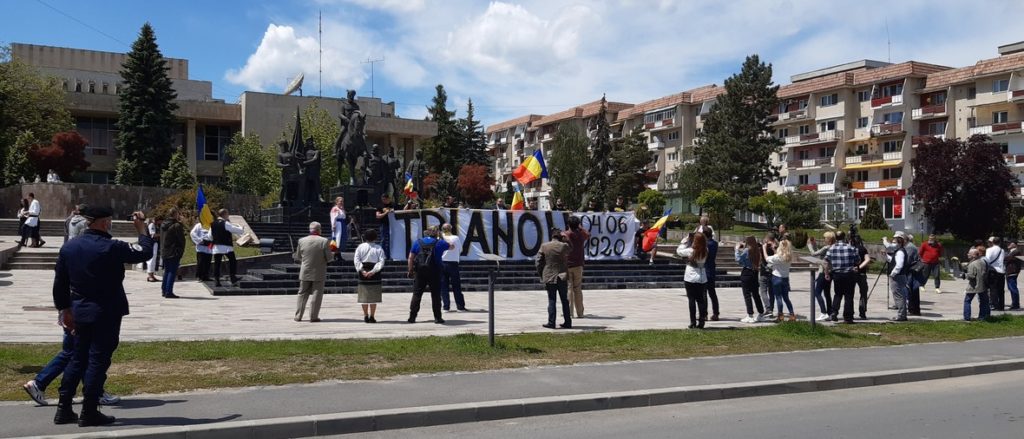
Romanian historians and the Romanian Academy of Sciences facilitated the institutionalization of the Trianon issue. In fact, a large proportion of Romanian historians and the Academy of Sciences are committed to Romanian nation-building. This was apparent on a number of occasions around the centenary of the birth of Greater Romania when the Academy opposed the idea that ethnic minorities should have autonomy and objected all interpretations that criticized the Romanian national narrative on the Great Union Day.
To illustrate this role, we shall briefly look at the related activities of Io-an-Aurel Pop, a renowned Transylvanian historian of the early period. As the rector of the Babeș-Bolyai University of Cluj-Napoca/Kolozsvár, and as the president of the Romanian Academy of Sciences (since spring 2018) he spoke about the Romanian centenary, 1 December and Trianon on several occasions. He also published a number of opinion papers. In one of his talks given in 2017 he stated that the Trianon 100 Research Group of the Hungarian Academy of Sciences had been an anti-Romanian propaganda office. This statement was much talked about in Romanian media.
Apart from academic texts, TV programmes and popular literature, a number of public monuments recall the birth of Greater Romania. In recent years, these have been installed or reinstalled to commemorate those personalities who played a key role in the events between 1918 and 1920. The list includes the bust and equestrian statue of King Ferdinand, ”the Unifier” inaugurated in Carei (Nagykároly, 2015) and Oradea (Nagyvárad, 2019), respectively; the head of the wartime French military mission to Romania, General Henri Mathias Berthelot erected in Bucharest in 2018, and the busts of the “two friends of Romanians” Woodrow Wilson the President of the USA, and Emmanuel de Martonne the French geographer who supported the arguments that Romanians brought up in Alba Iulia (2018); another monument for de Martonne in Oradea (2019) and the statue of General Gheorghe Mărdărescu who commanded the Romanian army that occupied Budapest in 1919 – erected in Cluj-Napoca (Kolozsvár) in 2019. In the autumn of 2020, a series of postal stamps commemorated the treaties of Paris, including the Trianon Treaty. The Romanian National Bank also issued several memorial coins on the occasion of the centenary of the Great War and the Great Union Day. Notably, the Trianon Treaty is not among the events specifically recalled.
The nationalist interpretation of Trianon was the logical consequence of the triumphalist approach of the national discourse about the Great Union. The outcome of the memory politics and events of the year was the link between Alba Iulia (Gyulafehérvár) and Trianon, which had been understated until present day, became fixed in public perception in Romania, too. Advocates of Romanian nation-building probably hoped by making 4 June a celebrated anniversary they will have one more occasion to stress the importance of the post-World War I status quo apart from the national holiday celebrated on 1 December each year. This is a message that addresses all citizens of Romania (both the majority and minority groups) as well as Hungarians living in Hungary or elsewhere.


